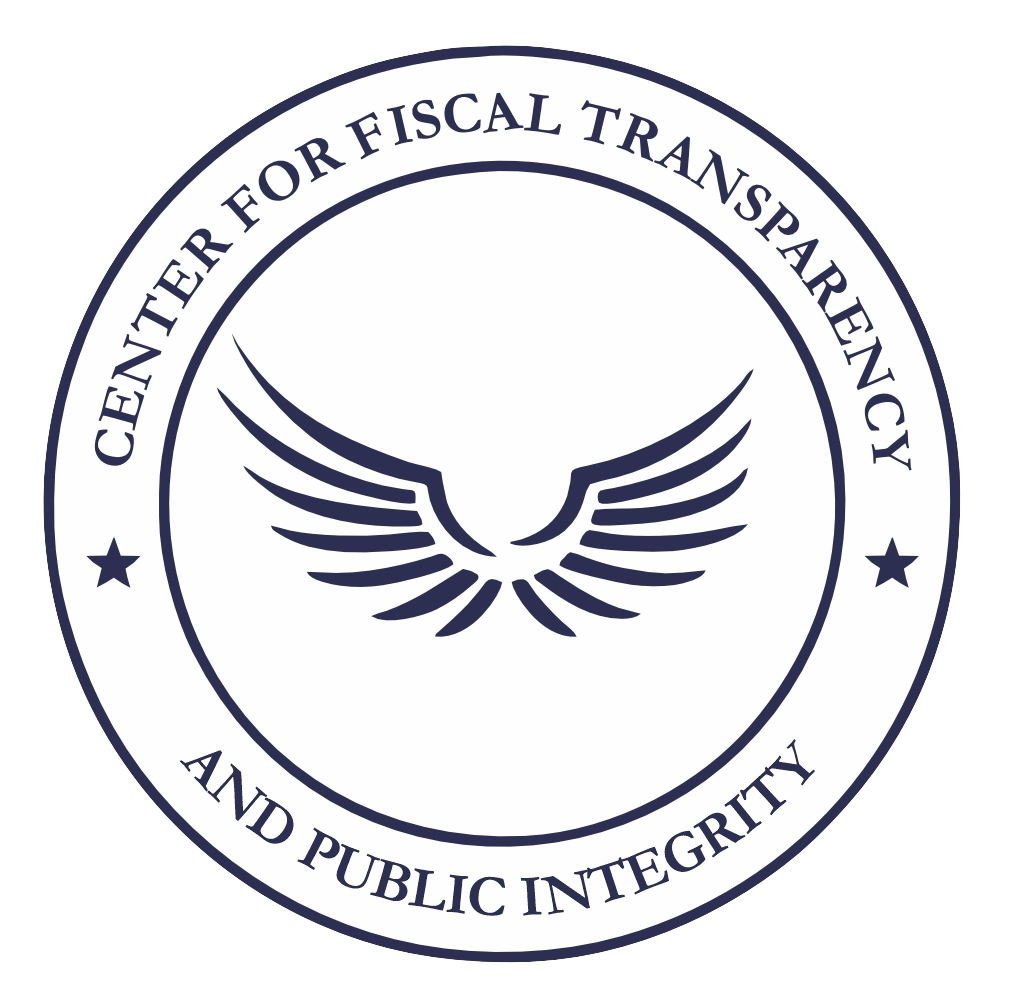Terrorists and terrorist groups have many methods at their disposal to move funds around the world. They can use formal financial systems or unregulated channels, or simply move money across borders in cash. There is growing
evidence that terrorist groups are exploiting vulnerabilities in the international trade system to move value for illegal purposes. Whether in the form of exogenous flows from private donors directed at terrorist networks, or that of funds being moved within the same organization, the transfer of value plays a fundamental role in bringing terrorists closer to their objectives. It also affords authorities the opportunity to detect terrorist activity, disrupt it and deter further terrorism financing. Recent research have indicated the following as areas that are
Vulnerable to financing of terrorism:
- Wire transfer system: Financial institutions usually comply with AML/CFT requirements for recognizing and reporting suspicious activity. Concrete typologies and trend analysis provide them and other reporting entities with useful guidance for the detection of money laundering. However, there has been little rigorous research into the frequency and significance of particular terrorism financing modi operandi. Moreover, there are few indicators—other than “hits” on sanctions lists—available to assist reporting entities in recognizing that a suspicious activity is specifically related to terrorism financing.
- Cash couriers: International funds movements are frequently accomplished by the physical transport of funds by individuals for both legal and unlawful purposes. As this method bypasses the use of wire transfers, wire transfer
controls are ineffective for detecting the financing of terrorism via cash couriers. Mitigating the risks of physical cash movements requires efforts at national borders - Alternative Remittance system: Alternative remittance systems (ARS) can be broadly defined as “any system used for transferring money from one location to another, and generally operating outside the banking channels”. Such a
definition includes a wide array of channels, ranging from large, fully regulated multinational companies to small, covert value transfer outlets operating incognito. Increasingly, attention has been focused on the latter type, informal, and often unregulated, ARS. In this case, operators form a parallel, underground financial system aimed at rapidly and effectively moving value within or between jurisdictions, frequently without being detected by regulators and enforcers, and usually without publicly available transaction records. They are also cheap, making them important to poor and rural communities around the globe. - Non-Profit Organizations: Background : Non-profit organization (NPO) is a broad term used to describe a plethora of entities from condominium associations to societies that raise money to support relief work overseas.
The sector is enormous. Its operating expenditure is approximately 1.3 trillion dollars,7 equivalent to the gross domestic product of the United Kingdom or France. Its employment exceeds that of the world’s largest 50 corporations combined, standing at over 40 million persons globally. NPOs’ critical role in building societies is difficult to quantify, but one can attempt to illustrate it by the annual volume of money they channel to
economic development assistance—$20 billion in 2006.9 In many countries, including the United States, the largest donor, the level of charitable giving equals or surpasses foreign aid. This makes NPOs very important to the
global economy and to developing countries in particular. NPOs are also among the many vehicles that have been identified as being potentially vulnerable to terrorism financing abuse. States have moved to implement CFT
controls intended to limit any risk NPOs carry. However, the actual level of risk this sector poses, or even how effective existing controls are at mitigating it, remains unclear. Risk awareness-raising among financial institutions, authorities and NPOs themselves continues to be the key tool for States moving to protect the sector from abuse and stifling over-regulation. Finding: NPOs provide possible opportunities for terrorism financing and as such pose a potential risk, yet at the same time they play a crucial part in fighting conditions conducive to terrorism. NPOs are critical in reducing the appeal of terrorism, by building social structures and increasing intercommunity dialogue and understanding. These endeavours can prevent the causes of radical ideology from taking root. CFT measures that do not take this into account may have a distortive effect and cause net harm. It is important to be realistic about the actual use of this sector for terrorism financing. As a percentage of the total NPO financial flows, TF-related funds are very small.
